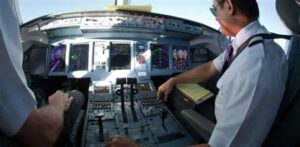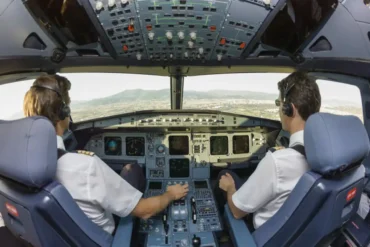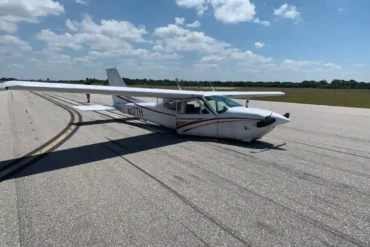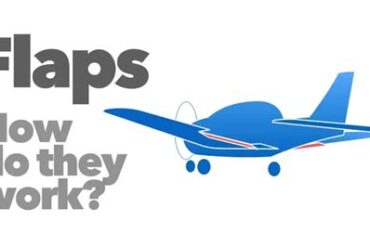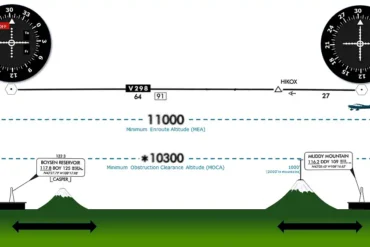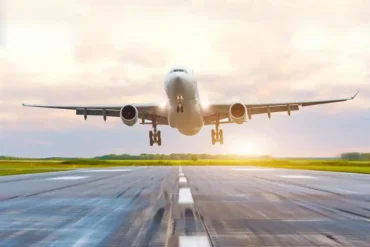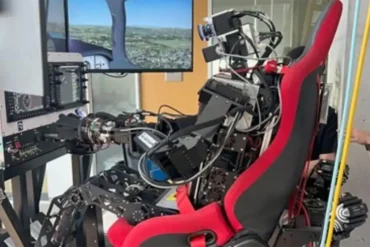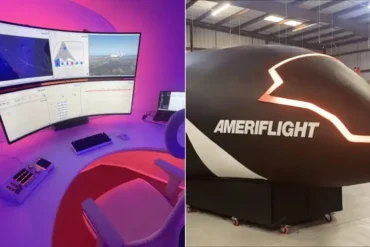As aviation technology advances, the roles within the cockpit have transformed, shifting pilots from mere mechanics to decision-makers. Recognizing that individual pilots operate within constraints of limited capacity and resources, Thales has meticulously examined pilot workload across various contexts.
Dr. Sylvain Hourlier, a seasoned expert in human factors at Thales Avionics, succinctly defines pilot workload as a composite of four critical factors: task purpose, available resources, situational demands, and time constraints. When resources appear insufficient for a given situation, pilots experience overload, leading to stress and potential loss of control.
Optimizing Cognitive Resources
To mitigate this burden, Dr. Hourlier emphasizes the importance of efficiently utilizing cognitive resources, allowing pilots to maintain situational control. Thales has concentrated its research efforts on four strategic approaches:
- Training: Transforming learned tasks into routine actions.
- Visual Simplification: Organizing information for rapid comprehension and effective decision-making.
- Anticipation: Preparing for future actions.
- Delegation: Transferring or deferring tasks based on prioritization.
Dr. Hourlier underscores the significance of designing intuitive human-system interfaces that align with pilots’ thought processes. These interfaces must be straightforward, supporting optimal decision-making during critical missions.
Reducing pilot workload: Four Key Research Avenues
- Head-Up Displays (HUDs): These intuitive interfaces project critical information directly onto the pilot’s field of view. By overlaying data onto the real-world scene, HUDs facilitate seamless decision-making.
- Augmented Reality (AR): AR systems superimpose digital elements onto the physical environment. For pilots, this means real-time overlays of navigation cues, terrain details, and flight parameters, enhancing situational awareness.
- Synthetic Interfaces: Tailored specifically for mission contexts, synthetic interfaces provide a cohesive view of critical data. These purpose-built displays streamline information, allowing pilots to focus on essential tasks.
- Streamlined Aircraft Systems Interaction:
- Touchscreen Technology: Intuitive touchscreens simplify interactions with onboard systems. Pilots can swiftly access controls, adjust settings, and retrieve critical data.
- 3D Displays: These immersive screens present spatial information with depth and clarity. Visualizing complex scenarios becomes effortless.
- Voice Control: Natural language commands enable hands-free operation. Pilots can manage systems, request information, and execute tasks seamlessly.
By integrating these advancements, we empower pilots to navigate their missions efficiently, ensuring safety and precision in the skies.
